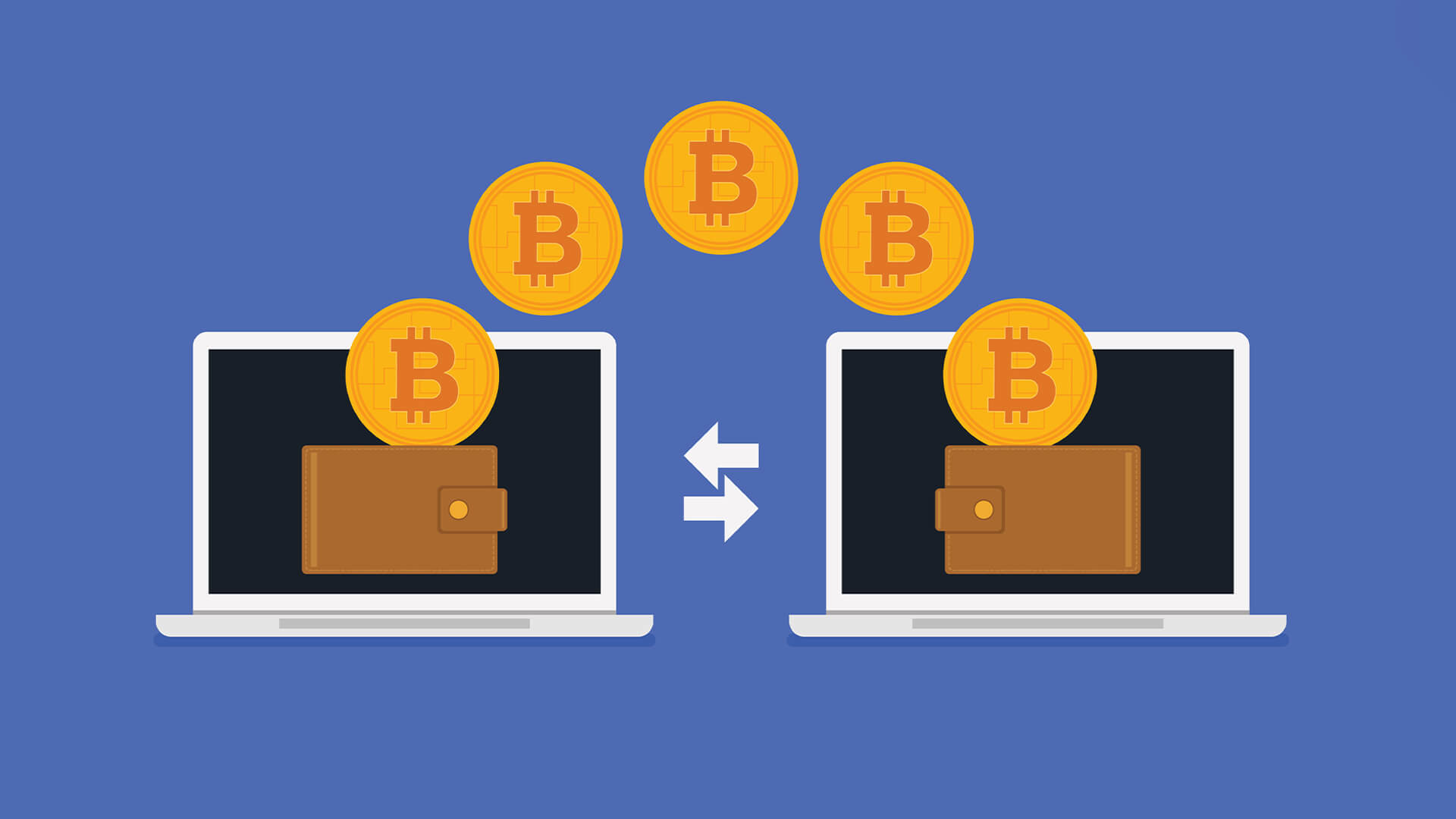
Why Are Crypto Transaction Speeds So Important?
Would you wait five minutes to make a purchase in-store? Probably not. And this is why crypto transaction speeds remain the biggest roadblock to adoption.
Bitcoin credit cards, PayPal crypto purchases, DeFi apps for Ethereum. Mainstream cryptocurrency adoption seems closer than ever. But we’re still missing a piece of the puzzle. Slow transaction speeds and lack of scalability mean that cryptocurrencies are still unsuitable for day-to-day use and relegated to the world of traders and investors.
Transactions Need to Be Fast to Be Usable
The big challenge faced by the major cryptocurrencies is transaction speed and network load. Let’s put the scale of the challenge into context. Bitcoin can process just 5 transactions per second. Compare that to Visa’s 1,700 transactions per second.
Additionally, Bitcoin transactions need to wait for a new block to go through, which means it could be ten minutes before a transaction is actually verified.
Take a moment to imagine how you pay for your groceries. If you decide to pay with cash, it is instantaneous, free, and private. If you pay with a credit or debit card, it’s fast, low-cost, but not private in that it leaves a trail that can be used to determine your purchase. If you decided to pay with Bitcoin? It’s slow, high cost, but private.
Now let’s look at it from the merchant’s perspective. Cash can be processed as fast as the cashier can put it in the till and is effectively free. Visa is easy, eliminates the risk of employees stealing, and is cheap.
Bitcoin is slow, hard to liquidate, and could cost the company a lot of money in terms of wasted time and processing fees. At the moment there are simply very few reasons for large merchants to accept cryptocurrency.
Additionally, the price of Bitcoin exchanges and other cryptocurrencies fluctuates significantly. This can be good for companies like MicroStrategy that is estimated to have made over $100 million in profits on its Bitcoin holdings. However, difficulties assessing the true value of a transaction with a volatile asset could cause losses for a merchant, or open them up to accusations of overcharging if processing takes too long.
Proof of Work Consensus Is Part of the Problem
Another key problem is scalability. Even if merchants were to decide that cryptocurrency was worth their time, a sudden rush of new users would lead to Bitcoin, and any other Proof of Work (PoW) blockchain, facing significant congestion problems.
PoW requires networks of computers, or miners, to solve complicated equations in order to validate and secure blocks of transactions. Each block takes around 10 minutes to process and can hold around 500 transactions.
In order to ensure their transactions are added to a block, earlier users can offer miners an additional fee. As more users vie to use the network, increased fees are needed to speed up processing times. This creates high costs and significant bottlenecks.
As long as this problem persists, any attempts by merchants to adopt cryptocurrency will simply cause more problems, making it unsuitable for day-to-day use.
Second Layer Solutions Could Solve the Challenge
There are a number of proposed solutions to these problems. Setting aside the sea of altcoins that promise to fix the perceived problems with cryptocurrency, there are two main solutions being proposed: alternative forms of consensus and second layer solutions.
Proof of Stake
Ethereum, and the planned 2.0 update, is the first major attempt at integrating Proof of Stake (PoS) consensus methodology. Ethereum 2.0 will roll-out a new PoS compliant blockchain called Casper.
This will allow users to “stake” Ethereum in order to validate transactions. This will have two main effects. The first is that miners will no longer be necessary, making transaction times and costs more predictable. The second is that it will provide a way for users to monetize their Ethereum without liquidating, improving stability.
However, there are concerns about Proof of Stake. In particular, there are fears that it monopolizes power in the hands of crypto whales, undermining the decentralized nature of the network.
Second Layer
This is part of why most solutions for Bitcoin are focused on building a second layer that would remove the need for small transactions to be immediately recorded on the blockchain.
The most prominent proposal is the Lightning Network. This network would allow two users (for example a shop and card issuer) to open up a channel with each other. Thus they could redistribute funds between their new channel, which works as a shared wallet.
Once both parties want to confirm the transactions, they close the channel and the final balance is stored on the blockchain. This methodology is not dissimilar from the way small businesses often deliver cash to the bank at the end of the day. And it would be simple to implement with the right infrastructure.
To Become Currency, Crypto Needs to Be as Simple as Cash
In order for Bitcoin and other cryptocurrencies to supplant cash, developers need to think about why cash and credit cards work so well. Any crypto alternative needs to combine the privacy of cash with the ease of use of credit.
To do that cryptocurrency users will need to embrace alternative solutions like PoS or the Lightning Network. It will likely be some time until you can pay for your groceries with Bitcoin, but don’t discount that possibility just yet.























